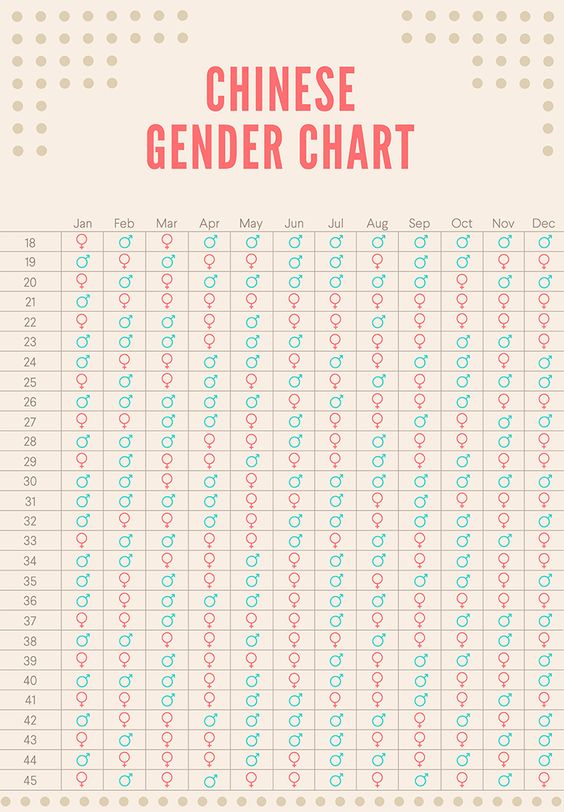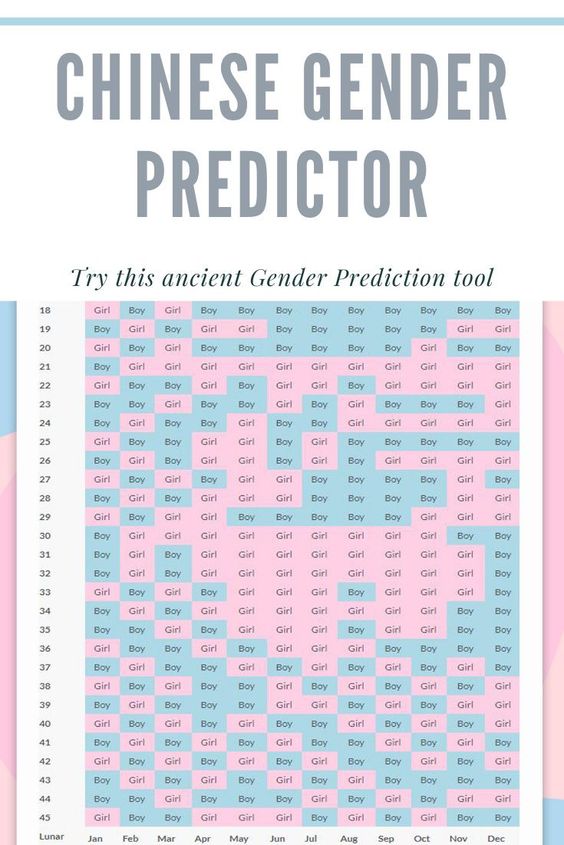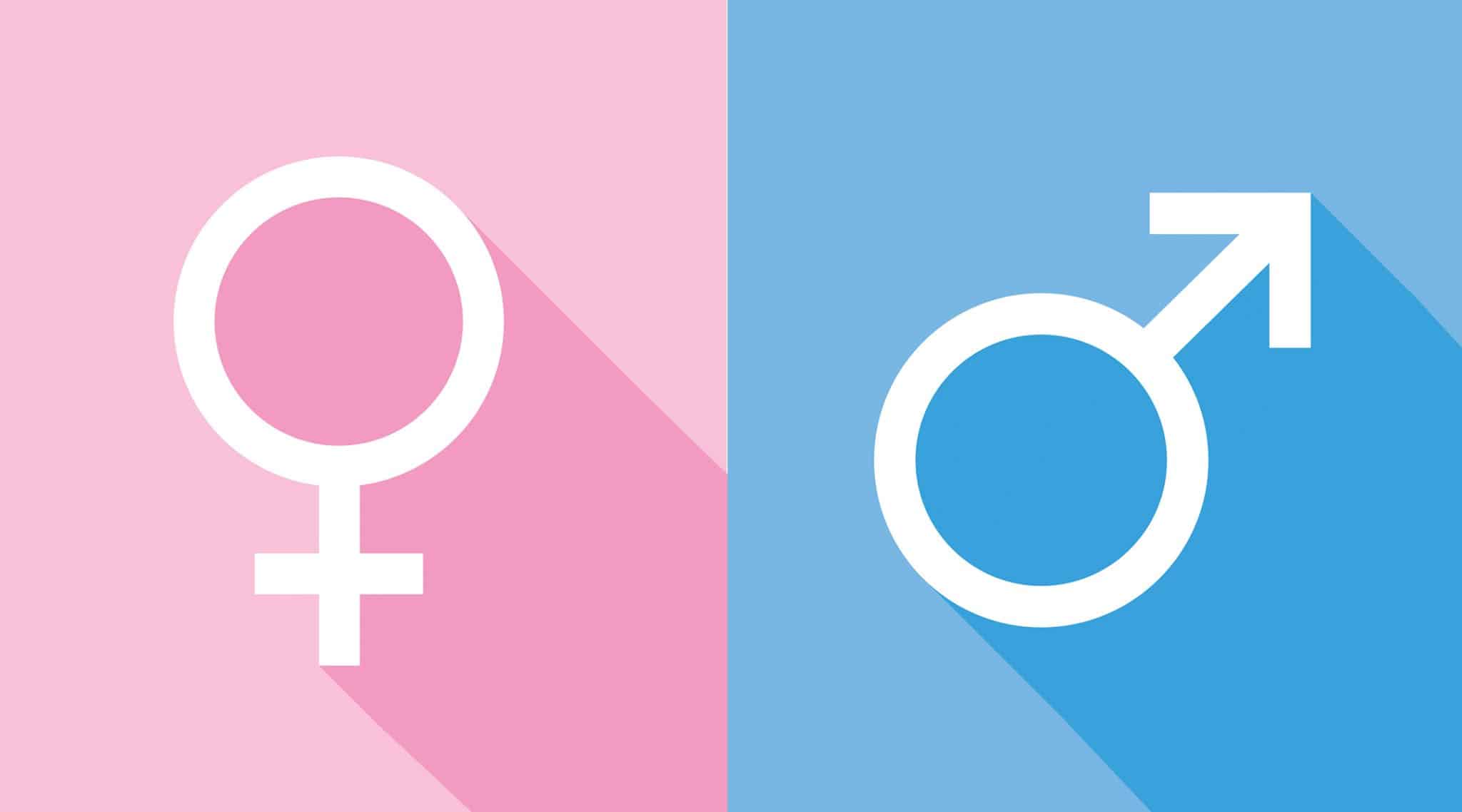Regarding old customs and traditional beliefs, the Chinese lunar calendar is like a beautiful tapestry of time, with its intricate threads of lunar cycles.
One exciting thing about this 4000-year-old calendar is that it is used for gender forecasts, which is very different from how the Gregorian calendar is used in the Western World.
This article goes into great detail about the Chinese Calendar Gender forecast. It shows how the differences between the Chinese lunar calendar and the Gregorian calendar affect the age-old quest to guess the gender of a baby that is still in the womb.
Chinese Calendar Gender Prediction: An Old Skill
Chinese gender forecast has its roots in traditional Chinese medicine and astrology and goes back more than 700 years. The Chinese lunar calendar is based on the moon’s stages, while the Gregorian Calendar is based on the solar year.
This difference is significant for understanding how the Chinese calendar differs from other ways of predicting gender.
In the Chinese Calendar, each year is linked to one of the 12 animals that make up the Chinese zodiac, and each month is linked to a different moon phase.
The Chinese in the past thought that the age of the mother at conception and the month of the lunar cycle were significant in figuring out the gender of the unborn child.
The Chinese calendar is used to guess what a person’s gender will be based on how these celestial elements interact.
The Gregorian Calendar: A Solar Perspective
The Gregorian calendar, created by Pope Gregory XIII in 1582, is a solar calendar based on the Earth’s path around the sun. It is now the standard for public use worldwide, and it lines up the months and seasons with the solar year.
The Gregorian calendar is accurate and is used for many things, like figuring out age and planning events. However, it doesn’t have much of an effect on predicting gender.
The Gregorian calendar does not use the mother’s age, the lunar month of conception, to guess the child’s gender like the Chinese lunar calendar does.
Instead, medical tools like ultrasound and genetic testing are used to find out the gender of a pregnancy accurately.
How to Use the Chinese Calendar to Guess a Person’s Gender
The Chinese calendar method for predicting a person’s gender is simple and mysterious. The age of the mother at the time of conception and the month of the moon during which the conception must be taken into account to guess the gender of a future child.
After this, the data is put together on a Chinese gender forecast chart called a gender predictor or gender calendar.
The chart shows how well the mother’s age matches up with the lunar month of conception, which leads to the expected gender of the child.
The chart is said to have been found in a royal tomb more than 700 years ago. Since then, people have used it to determine what gender their future children will be.
How to Read the Chinese Chart for Predicting Gender
In the Chinese gender forecast chart, the age of the mother (usually at the time of conception) and the lunar month of conception are crossed out.
The answer is the expected gender, which is either male or female. The chart is split into two sections: mothers under 35 and 36 and older.
This is because it is traditionally thought that the mother’s age is the most critical factor.
Even though this old way doesn’t make sense from a scientific point of view, it still fascinates pregnant women worldwide.
Many people are interested in the mysterious Chinese gender forecast chart and see it as a cultural curiosity rather than a method proven to work by science.
Controversy in Cultural Significance and Science
Modern scientists don’t always believe the Chinese calendar can tell you what gender your baby will be. Some people say that a child’s gender is decided by biological factors, especially how the chromosomes from both parents mix.
Scientists don’t think that the mother’s age or the lunar month of conception has anything to do with figuring out the gender.
On the other hand, the Chinese calendar is essential in terms of traditional traditions. There is a story behind it that goes beyond science, and it gives people a unique way to connect with the rich tapestry of Chinese history.
Conclusion
As we try to figure out how to predict gender, it’s essential to remember that different cultures have different views and ways of doing things.
The Chinese calendar’s gender prediction may not match the Gregorian Calendar’s scientific accuracy. Still, its long-lasting appeal shows how rich cultural diversity is and how ancient customs continue to shape how people think about life’s mysteries today.
Trying to guess a child’s gender is like a tapestry with threads from both science and culture.
It depends on whether you trust the accuracy of modern technology or the mysterious allure of old customs.













